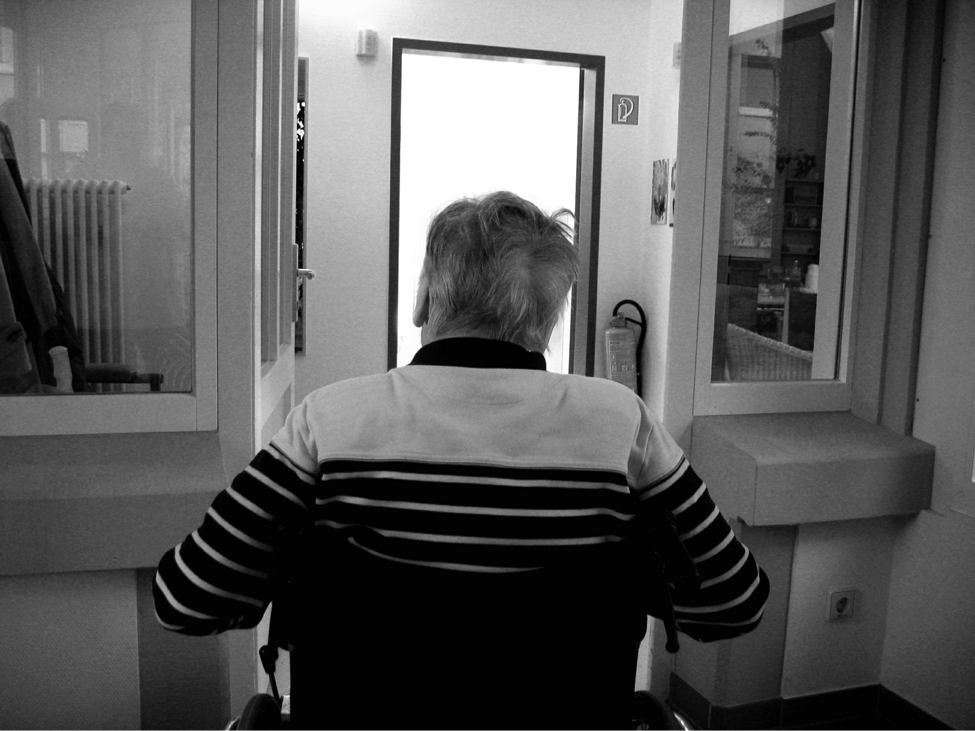
Aging and requiring help are inevitable for many. For some, receiving the care in the comforts of their own homes is possible. For many who need specialized care, long term care facilities and other assisted living residences might be the better option. For the latter, this situation could be a big crisis for family members. Deciding to drive Mom, Dad, Grandma, or Grandpa to a facility might be the most difficult decision any person has to make. Because as they drive away, one thought often surfaces: What happens behind closed doors?
The Prevalence of Elder Abuse
According to the Centers for Disease Control and Prevention, 1 out of 10 seniors experiences some form of elder abuse. These may be in the form of physical abuse, sexual abuse, emotional abuse, neglect, abandonment, or financial exploitation.
Those receiving in-home care are not entirely exempt from this. Whether they are housed in facilities or receiving care at home, our elderly loved ones can still be vulnerable to elder abuse.
In Iowa, a transgender woman was reportedly abused by her nurse at the nursing home she was staying at after suffering two strokes. She was called derogatory names, burnt from a scalding hot shower, and grabbed at the throat. In Georgia, elder abuse is one of the prevailing issues that they are working hard to address.
Be on Your Guard
Not all of these facilities and caregivers are abusive and terrible. The majority of them work tirelessly to provide significant relief to family members and elderly individuals, and they must be recognized for their hard work and dedication.
However, some people do take advantage of the situation, and weeding out the horrible ones can be difficult to accomplish. Agencies and organizations provide access to helpful resources that can help families find suitable long term care providers. But it is still important for family members and loved ones to take extra measures on their own to make sure that the elderly are treated properly.
1. Change schedule visits
Visit at different times, shifts, and days. By doing this, family members get to observe and monitor the patterns of care and performance during various times of the day. And, as the California Advocates for Nursing Home Reform (CANHR) point out, unpredictable visits keep the staff on their toes.
Additionally, this would also help the family check if everything is kept in tip-top shape at all times.
2. Establish a good relationship with the staff
It will never hurt to get to know the people providing the care. From learning the first names of the people in charge of the care your loved ones receive to showing appreciation for their hard work, family members will benefit greatly from creating a good working relationship with facility staff members.
3. Be involved in care plan meetings
Care plan meetings are where all the concerned parties decide on strategies in providing the assistance elderly people need. These are based on observations and assessments before or shortly after a person moves to a care facility.
Being active during care plan meetings allows family members a better grip on the kind of care their elderly relatives receive. It is through these meetings that the family can ensure that their loved ones get a more personalized care.
4. Do your own background-checking
Families should start with the very basic: Internet searching. Look at reviews of facilities online and read up on the experiences of other families. Do not solely rely on their Websites because they control what is being shown. Look at blogs and forums, as well as post and page comments. Also, look into reputable organizations that provide reviews of facilities.
Abuse registries are helpful. These are lists of those who have been involved in cases of elder abuse. The Centers for Medicare and Medical Services also have a National Background Check Program that could immensely help.
5. Listen to your loved ones
One of the biggest mistakes anyone can make in keeping elder abuse from happening is to ignore the elderly individual’s call for help. It is also important to note that they do not just try to communicate verbally.
The Telltale Signs
Other than preventing it, people should also be able to identify the signs to determine if elder abuse is happening. Signs of neglect are often the first indicators. Look out for poor personal hygiene, malnutrition, undesirable scents, skin breaking or bed sores.
Sometimes, elderly individuals are terrified of voicing out the abuse that they are put through, so family members must be extra vigilant. The basic way to spot physical abuse is to check for unexplained bruises and scratch marks. Change in demeanor could also be a good indicator.
However, some of the elderly are also subjected to chemical abuse. According to CANHR, this is a great concern among California nursing homes where 1 out of 4 older adults is given antipsychotic drugs, especially those dealing with dementia.
When any of these occur, make sure to contact the authorities.

2 thoughts on “Elder Abuse and What You Can Do to Prevent It”